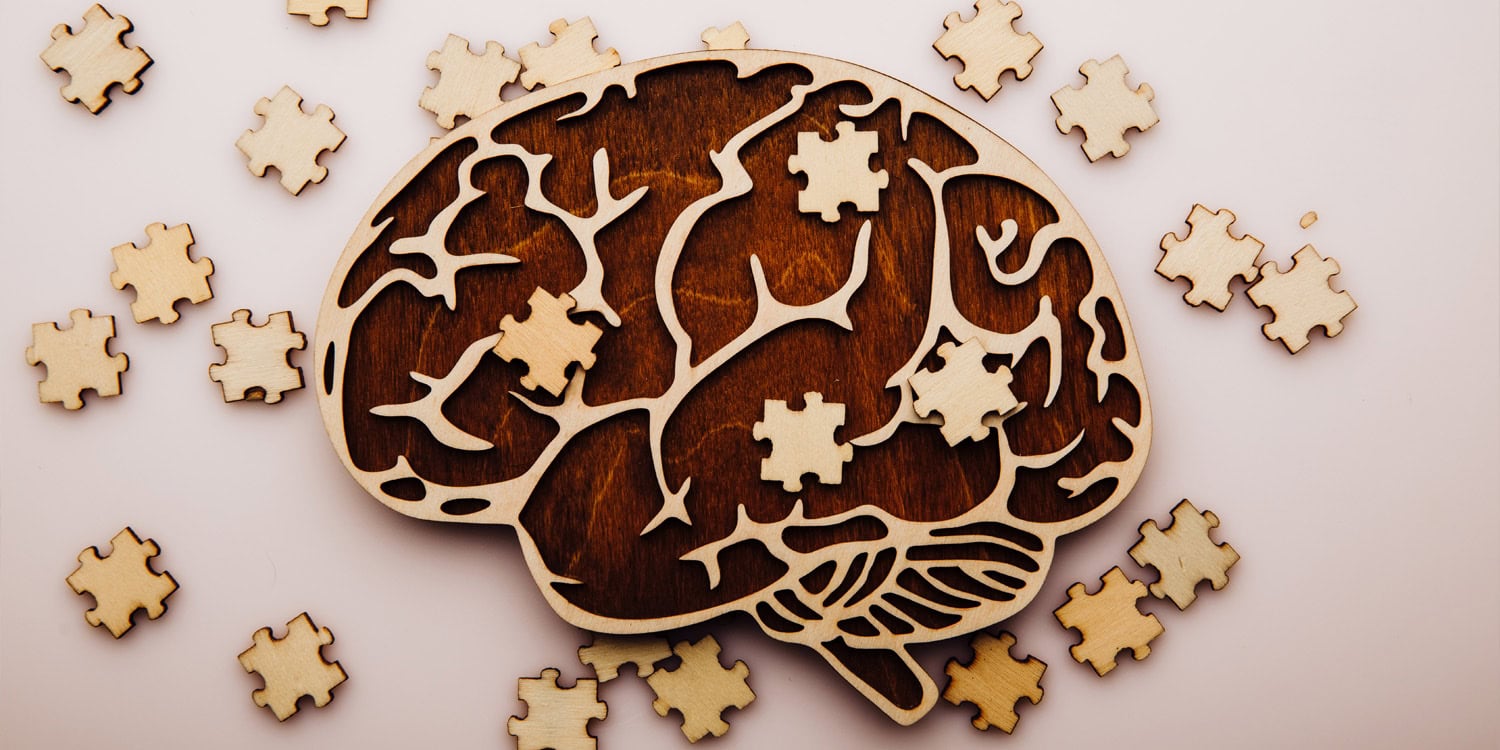Maternal depression’s link to child outcomes is strongest with high ADHD
A new study suggests that when mothers experience both depressive symptoms and symptoms of attention-deficit/hyperactivity disorder, their two-year-old children may face a heightened risk of developing their own depressive symptoms and attention difficulties. The combination of these maternal conditions appears to create a compounded challenge for early child development. The findings were published in the journal Research on Child and Adolescent Psychopathology.
Researchers have long understood that a mother’s mental health can influence her child’s development. Conditions like depression and ADHD have been studied independently, with each showing links to certain challenges in parenting and child outcomes. However, these two conditions frequently occur together in individuals, creating a more complex set of difficulties. The combined impact of these co-occurring symptoms on very young children has not been well explored.
This gap in knowledge prompted the study led by Michal Levy and a team of researchers at Ben-Gurion University of the Negev in Israel. They wanted to understand how maternal depression and ADHD symptoms might jointly predict a child’s emotional and attentional development. The researchers focused on the period from pregnancy through the first two years of a child’s life. This early stage is a time of rapid brain growth and development, where a child is highly dependent on caregivers for emotional regulation and support, making it a particularly sensitive period.
To investigate this, the researchers conducted a longitudinal study, following a group of families over an extended period. The study began with 156 mothers and their children, who were recruited during the second trimester of pregnancy. Data was collected at three different times: during pregnancy, when the infants were three months old, and again when the children reached two years of age. This multi-wave approach allowed the researchers to track how symptoms and behaviors changed over time.
During the pregnancy assessment, mothers completed questionnaires to report on their symptoms of ADHD . They also reported on their own depressive symptoms at all three time points: during pregnancy, at three months postpartum, and at the two-year follow-up. When the children were two years old, their development was assessed in two ways. First, mothers filled out a standardized checklist to report on any depressive symptoms their child might be exhibiting, such as sadness, irritability, or loss of interest in play.
Second, the children’s ability to sustain attention was measured directly through a structured play session. Each two-year-old was brought into a lab setting and given a set of colorful blocks to play with independently for up to four minutes. An experimenter was present but did not interact with the child. These play sessions were video-recorded. Later, trained research assistants watched the recordings and coded the child’s level of focused attention in five-second intervals. High attention was marked by a steady gaze and active, engaged play with the blocks, while low attention was noted by off-task glances and passive handling of the toys.
The analysis of the data revealed a complex interplay between the two maternal conditions. The most significant developmental difficulties in children at age two were seen when mothers reported high levels of both ADHD symptoms and depressive symptoms. The findings showed that a mother’s depressive symptoms were associated with worse outcomes for her child, but primarily when her ADHD symptoms were also elevated.
Specifically, the researchers found that higher maternal depressive symptoms at three months after birth were associated with more depressive symptoms in their two-year-old children. However, this connection was only statistically significant for mothers who also had moderate to high levels of ADHD symptoms. For mothers with low levels of attention-deficit/hyperactivity disorder symptoms, their level of depression did not show a significant link to their child’s depressive symptoms.
A similar pattern emerged when looking at the children’s focused attention. The study found that a mother’s depressive symptoms at three months were linked to lower focused attention in her two-year-old during the block-playing task. Again, this relationship was only present when the mother reported high levels of ADHD symptoms. The presence of both conditions in the mother appeared to create a dual risk factor that amplified the potential for challenges in the child.
The study also noted that depressive symptoms reported by mothers at three months postpartum were a stronger predictor of child outcomes than depressive symptoms reported during pregnancy. The authors suggest that this may point to the importance of the postnatal caregiving environment. After a child is born, disruptions in mother-child interactions caused by maternal mental health challenges may have a more direct effect on a child’s emerging emotional and attentional skills.
The researchers acknowledge some limitations in their work. The assessment of children’s depressive symptoms was based on reports from their mothers, which could be influenced by the mothers’ own mental state. Future research could benefit from including observations from other caregivers or clinicians to get a more comprehensive picture of the child’s emotional state.
Additionally, the study did not directly measure parenting behaviors. While it is likely that the combination of maternal depression and ADHD affects children through disruptions in parenting, such as inconsistent routines or reduced emotional availability, this study did not observe those mechanisms. Future studies could include observations of parent-child interactions to better understand how these maternal symptoms translate into behaviors that shape child development. Finally, maternal ADHD symptoms were only measured once, during pregnancy.
Despite these limitations, the research provides important insights into the compounded risks associated with co-occurring maternal mental health conditions. The findings suggest that the combination of maternal depression and ADHD symptoms may create a uniquely challenging environment for a young child. This highlights a need for more integrated approaches to maternal mental health screening and support, recognizing that addressing one condition without considering the other may not be enough to promote optimal child development.
The study, “The Interplay between Maternal Depression and ADHD Symptoms in Predicting Emotional and Attentional Functioning in Toddlerhood,” was authored by Michal Levy, Andrea Berger, Alisa Egotubov, Avigail Gordon-Hacker, Eyal Sheiner, and Noa Gueron-Sela.



























